An 8-bit char can only hold 256 values max. But Unicode has hundreds of thousands of characters. They obviously can't fit into a single char. So, they have to be encoded in such a way that they can fit into multiple chars.
Your editor/compiler is likely storing your example string in UTF-8 encoding. Non-ASCII characters in UTF-8 take up more than 1 char.
In your example, in UTF-8, sizeof(chars) would be 55+1=56 chars in size (+1 for the null terminator), even though you see only 29 "characters" (if you count the spaces), where:
= 0x20 (18x)
0xF0 0x9F 0x98 0x8E
0xF0 0x9F 0xA5 0xB8
0xF0 0x9F 0xA4 0xA9
0xF0 0x9F 0xA5 0xB3
必 = 0xE5 0xBF 0x85
西 = 0xE8 0xA5 0xBF
♠ = 0xE2 0x99 0xA0
♬ = 0xE2 0x99 0xAC
♭ = 0xE2 0x99 0xAD
♮ = 0xE2 0x99 0xAE
♯ = 0xE2 0x99 0xAF
